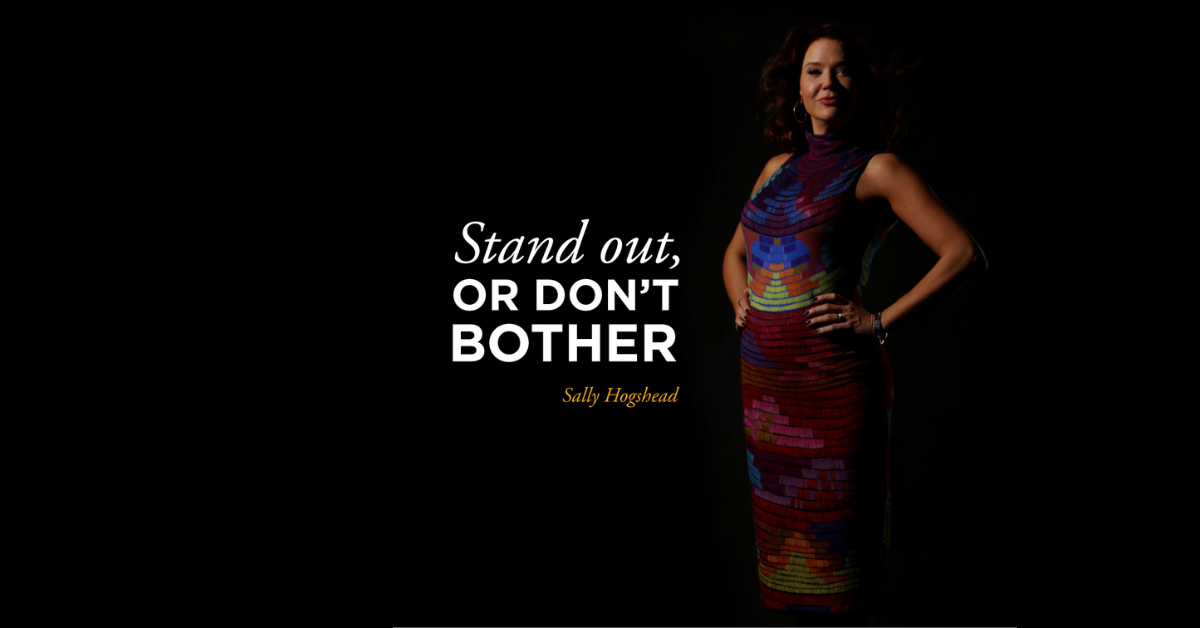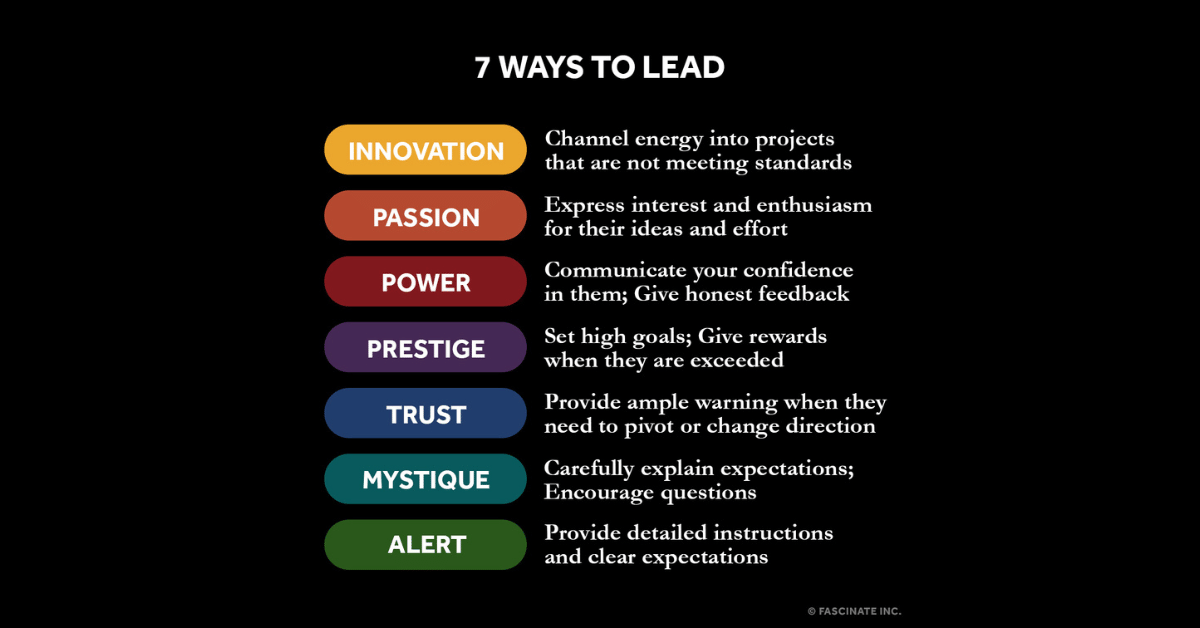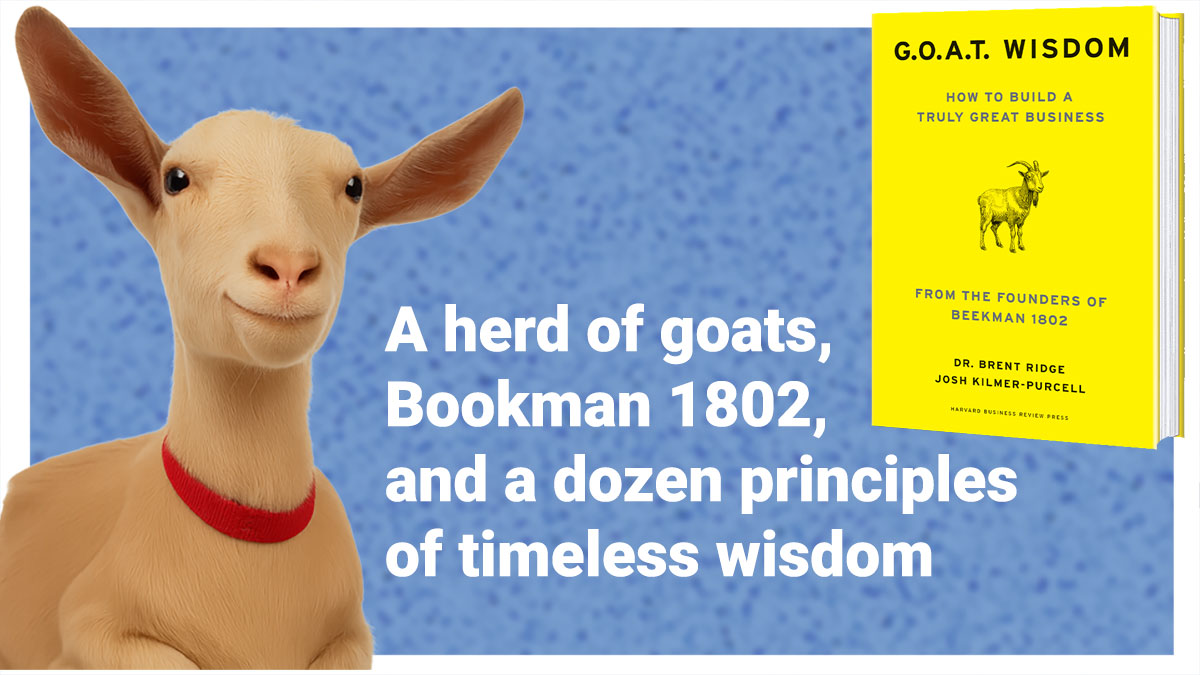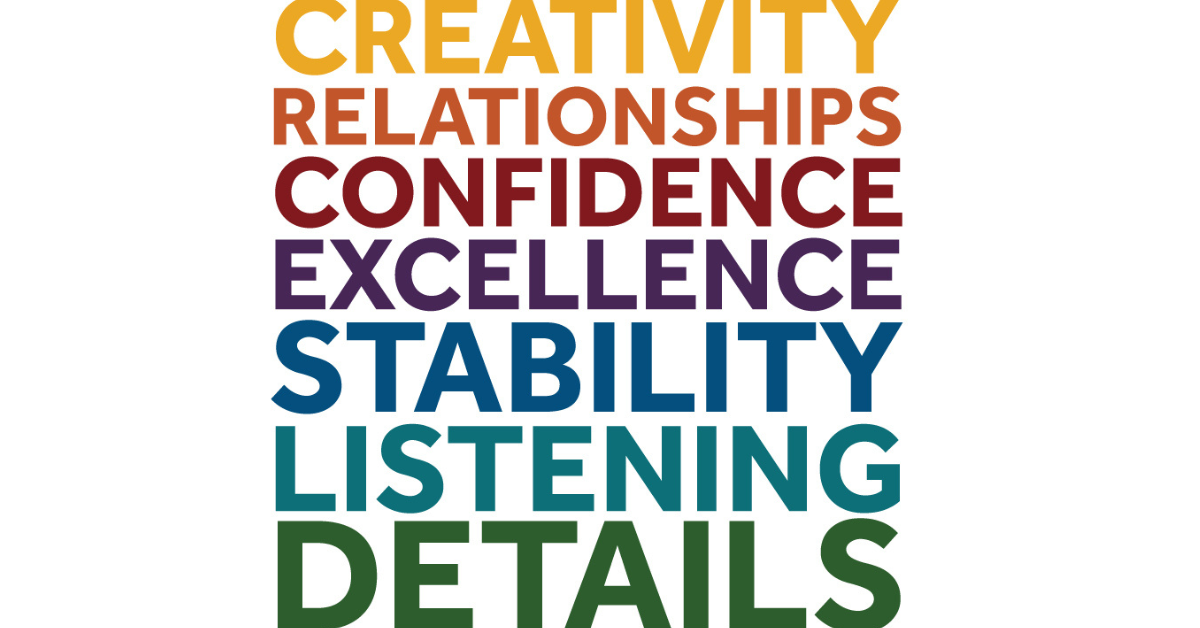Genius is fragile. Especially creative genius. Big ideas can die at every step along the way. The more brilliant an idea, the more fervently it needs your protection. Below, three deadly threats to your ideas.
The biggest threats to your boldest ideas
Threat #1: Diluting the essence of an idea
First, the slow, agonizing death. It happens through an accumulation of seemingly innocent tweaks that gradually remove the unique defining features.
There’s an expression in advertising: “getting pecked apart by ducks.” In my earlier career as a copywriter, I learned that ideas aren’t always outright rejected. They’re “improved” with an endless series of minor tweaks. What was once a big idea is reduced to a quivering mass of jelly.
This happens when decision-makers get nervous and try to play it safe, and make a series of small but deadly tweaks.
Ideas degrade when not protected.
When you hear the words “Let’s just make this one tiny tweak,” sound the alarm. A flock of ducks are headed your way.
Threat #2: Junking it up with too many features
More is not better. Compared to Apple’s exquisitely simple design, Microsoft notoriously overbuilds it’s products, cluttering them with so many features that the product becomes overwhelmingly complex.
Steve Jobs explained his approach to product development, “When you first start off trying to solve a problem, the first solutions you come up with are very complex, and most people stop there. But if you keep going, and live with the problem and peel more layers of the onion off, you can oftentimes arrive at some very elegant and simple solutions.”
Threat #3: Combining two or three ideas into one
Finally, here’s what I call “the Frankenstein.” When two or three ideas get mish-mashed together, the results aren’t pretty.
If you try to be all things to all people, you will never be anything to anyone.
How to protect your ideas? Follow the five steps below.
Protect your ideas
1. Avoid committee mentality
What politics and protocol could be killing ideas through overthinking and red tape? How do ideas get approved? Examine the approval process.
Remember that too much input may not be a good thing. Steve Jobs was famous for saying “It’s really hard to design products by focus groups. A lot of times, people don’t know what they want until you show it to them.”
2. Refuse to dumb down ideas
Big ideas are fragile because they can be easily dumbed down. How will you protect your ideas? How will you sell this into your process, and get support for your agenda from your employees?
3. Good is the enemy of great
Any truly innovative idea requires ferocious, relentless, even irrational dedication to see it through execution.
Ideas are also weakened with a slow drip of mediocrity in an attempt to take the safe route. Are you so focused on playing it safe that you’re killing fascination opportunities before they’ve had a chance to hatch?
Forgo the temptation to settle for good. Relentlessly pursue the great.
4. Avoid the same old, same old
What might have been fascinating at one time can soon become unremarkable. Crayola’s first contest to name a color drew two million entries in 1993. But without changing the format, participation soon dwindled to a measly 25,000 entries. Now, it’s irrelevant.
What are the old stand-by ways you seek to earn attention– the ones that may have worked at one time? Are they starting to become old and dusty?
5. Make mistakes
Mishaps are inherent to the innovation process. Learn and improve with every single one.
Jobs said, “Sometimes when you innovate, you make mistakes. It is best to admit them quickly, and get on with improving your other innovations.”
Elon Musk has an interesting take on this: “There’s a silly notion that failure’s not an option at NASA. Failure is an option here. If things are not failing, then you’re not innovating enough.”
The bigger, the more revolutionary the idea, the greater its potential for dying an excruciating death at some point along the way.
Giving into the fear and compromising your principles can derail your efforts for building a fascinating business.
How do YOU protect your biggest, boldest ideas?
This article originally appeared on Inc.com.
HAVE YOU USED ANY OF THESE TIPS? HOW DID THEY HELP YOU PROTECT YOUR MOST INNOVATIVE IDEAS? TELL US IN THE COMMENTS BELOW!
Share these tips on how to sell fascinating ideas with your followers!











